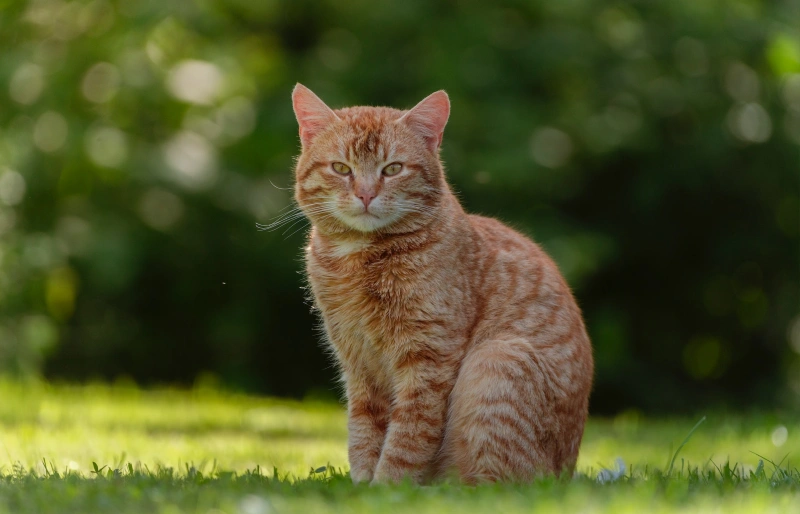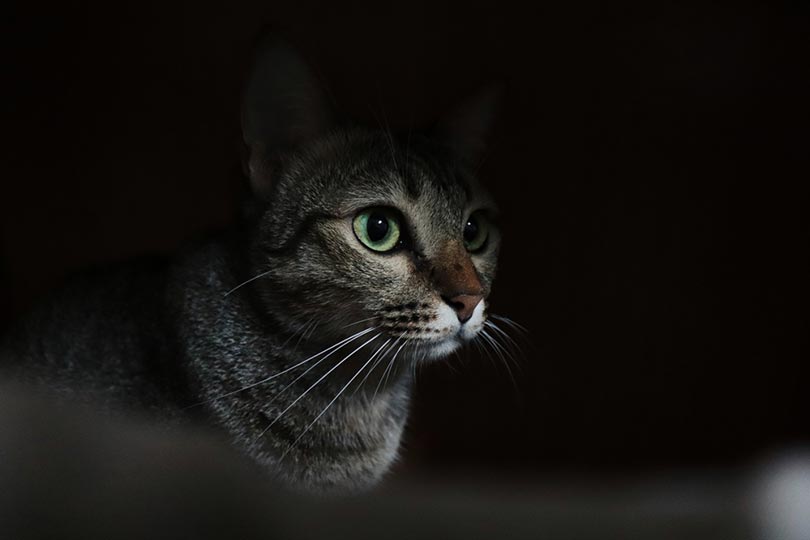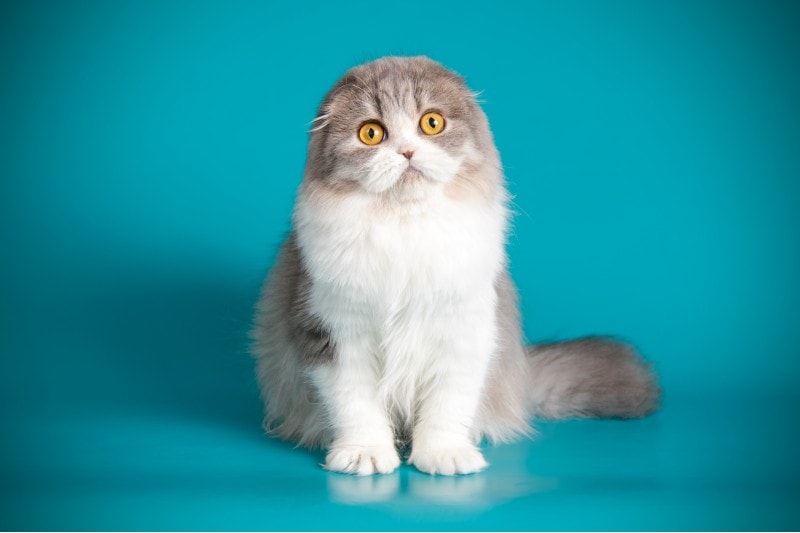Why Does My Cat Walk In Circles Before Lying Down? Facts & FAQ
By Lorre Luther
Updated on

Click to Skip Ahead
Cats often do things that appear strange to us, and turning in circles before lying down is one of those feline activities that often puzzle owners. If you have a cat companion at home who turns in circles before settling down for a nap, you may be wondering if this is normal and, if so, why cats do it. It’s normal for cats to turn in circles before getting comfortable, and it’s likely an instinctual behavior that helps them stay safe in the wild.
Many animals display the same behavior, including dogs, horses, and even birds. Just like scratching, kneading, and head butting, walking in circles before lying down is a deeply ingrained feline behavior. While no one can be entirely sure about a cat’s motivations, scientists have several theories and suggestions that may explain why cats walk in circles before lying down. Almost all link back to the feline needs for safety in wild environments.
What Are Cats Doing When They Circle?
Circling allows cats to ensure they’re safe before tucking in for the night, and it allows them to create nice soft spots to sleep. However, it can also indicate that kitties are in pain, particularly if they have trouble getting comfortable after lying down.
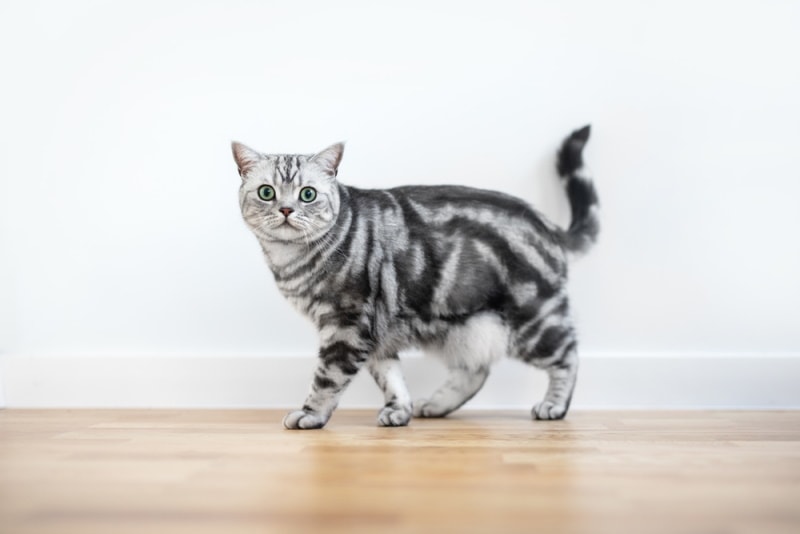
Surveying the Scene
Turning in circles gives cats in the wild a chance to look around and get familiar with their environment. Ensuring there aren’t predators in the area before sleeping is a fundamental survival tactic for cats and other animals vulnerable to being preyed upon.
Some cats sniff the place where they plan to settle down; it’s almost like a last check to make sure there’s nothing to worry about. Circling allows cats to determine which way the wind is blowing, so they can position themselves in the best spot to stay ahead of dangers. And it also serves as a final check for creatures like insects and snakes.
Cats like following a sleeping schedule, and many have tried and true favorite hangouts. It’s pretty common for cats to move to warmer places during the winter and cooler ones on hot summer days, but some cats prefer to sleep facing the same direction every night.
Temperature Control
Cats may use circling before napping to help create a pleasant temperature in which to take a snooze. In cold weather, circling allows cats to see what’s around them and get their muscles moving to create body heat. Many cats in cold environments will then snuggle in and wrap their tails around themselves to create a sort of furry blanket. When temperatures rise, wild cats often prefer to sleep in cool, shallow depressions, which they often dig right before bedtime.
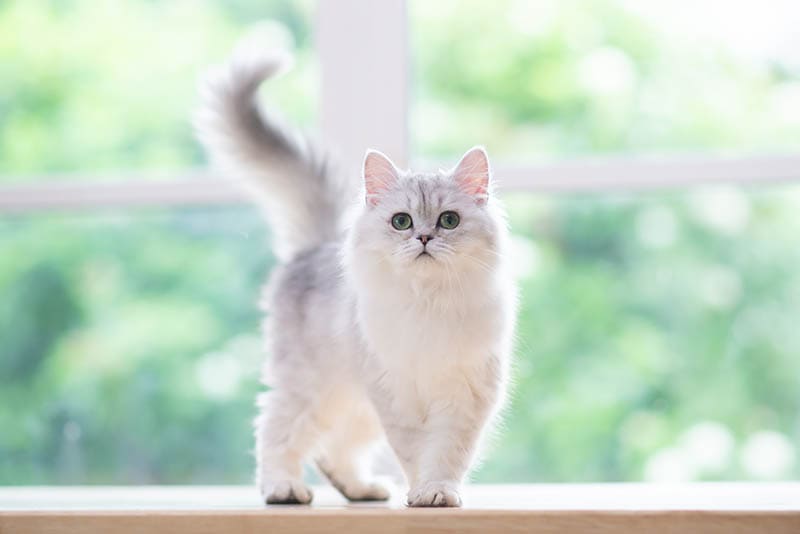
Comfort
Cats in the wild often create soft beds before lying down. Some trample grass and remove sharp things like twigs in the area where they plan to sleep. They’ll even move rocks to create pleasant napping spots. Turning around and using their paws to make a nice soft bed is a common way for cats to get ready to relax. Although your pet cat differs in several ways from feral ones, it has similar instincts with regard to circling before sleeping.
Pain
Circling can also be a sign of pain, particularly in older cats suffering from arthritis or other joint conditions. Cats with painful and stiff joints sometimes slowly circle an area a few times before lying down and frequently readjust their bodies to become comfortable and avoid pain. If your pet isn’t able to get comfortable, contact your veterinarian to ensure everything is okay, as cats often hide signs of illness. Behavioral changes often indicate that something may be going on with your cat.
Do Cats Always Knead Before Lying Down?
Many, but not all, cats get in engage in kneading as part of their bedtime routine, which makes sense as it provides kitties with a sense of comfort. Kittens knead to stimulate their mother’s milk production, so the activity likely reminds cats of being warm, cared for, and loved.
And they have scent glands in their paws that release pheromones when kneading. Cats use their noses to recognize familiar and comfortable places. When they knead, they leave behind a subtle trail that relaxes them and allows them to identify the location as safe and familiar in the future.
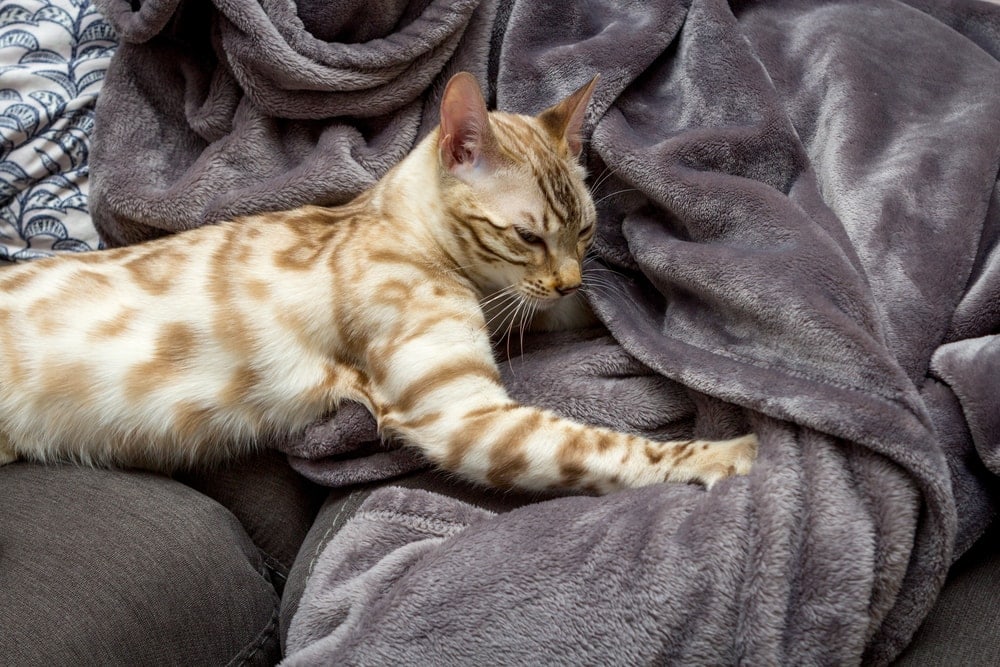
Do Cats Still Need Beds?
Cats technically don’t require special beds to be happy, but providing your feline with a nice place to lounge is the best way to convince your cat not to take over your sofa or favorite chair. But more importantly, most cats like to have several places to lay back and relax, and giving them their own dedicated space can go a long way toward ensuring your pet feels welcome, loved, and at home.
However, providing your cat with their own napping place doesn’t have to be expensive. A simple cardboard box with a soft folded towel can bring joy to your cat’s world. And it gives you an opportunity to upcycle something you already have at home. Use a towel that’s washable at high temperatures to make cleaning your pet’s bed incredibly easy. Older cats often benefit from having several pet beds at different locations, particularly if jumping on or off furniture causes pain.
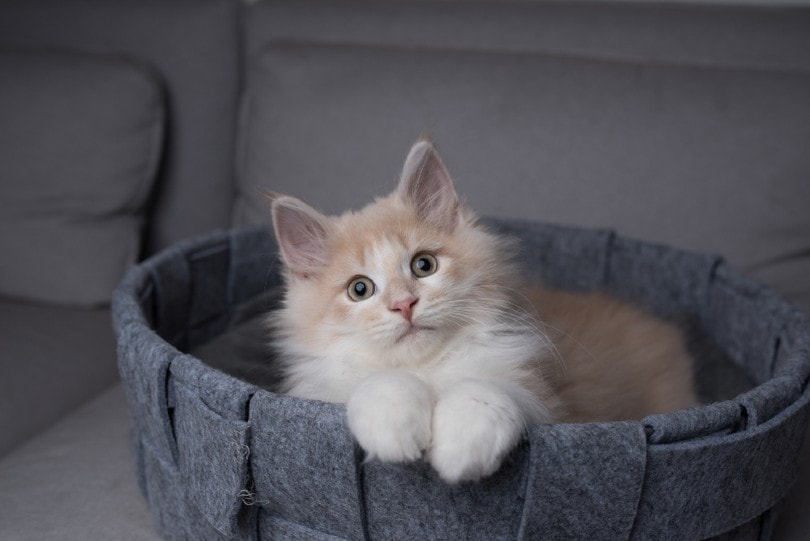
Are There Ways to Get Cats Sleep Through the Night?
Cats are naturally most alert and active around dawn and dusk. Playing with cats and feeding them often wears them out, sometimes leading them to sleep a bit longer. You can give your pet a good play session about 90 minutes before you’d like them to start winding down and feed them right afterward.
Cats’ bodies generally adjust to new routines over time as they become accustomed to a pattern of playing, eating, and hitting the sack. Simply ignore your cat’s attempts to wake you up at night during the adjustment period. It can often take cats a few weeks to get the hang of new routines.
Final Thoughts
Cats’ pre-sleep circles are most likely linked to deeply ingrained instincts developed to keep them safe in the wild. Turning in circles allowed cats in the wild to examine their surroundings, figure out where the wind was coming from, position themselves appropriately, and eliminate any insects that may have been hanging out. It also allows them to lay down pheromones that provide comfort and security. Cats are quite ritualistic regarding their bedtime activities; most generally follow a set routine, which they aren’t inclined to deviate from.
Featured Image Credit: Switlana Sonyashna, Shutterstock


